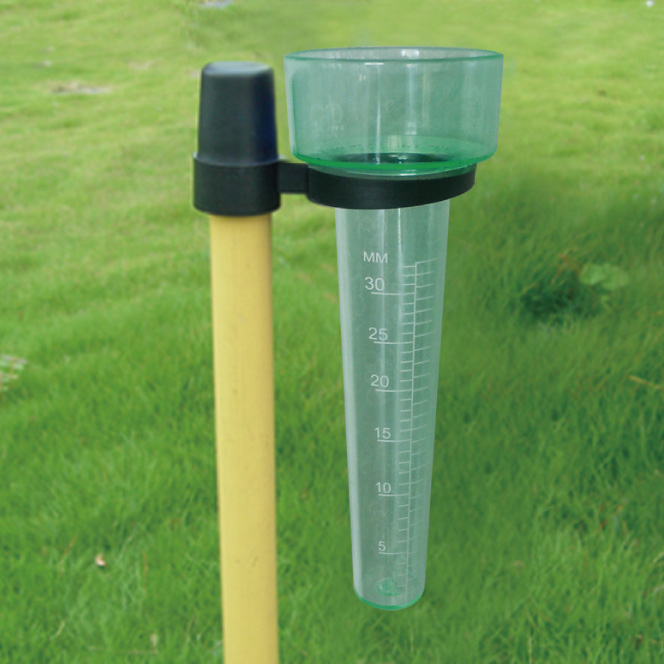The Rain Gauge: A Comprehensive Guide to Accurate Weather Measurement
The Rain Gauge: A Comprehensive Guide to Accurate Weather Measurement
Blog Article
Do It Yourself Rainfall Gauge: Straightforward Steps to Make Your Own
Are you interested in tracking rains in your area? Creating your very own DIY rainfall gauge is a efficient and simple means to determine and tape-record precipitation. With just a couple of common products and some basic actions, you can quickly create your own rainfall gauge at home. In this overview, we will supply you with a step-by-step process to aid you produce your own rainfall scale. No need for any kind of specialized understanding or equipment - this task can be completed by anyone. By complying with these simple directions, you will have a dependable device to measure rains and contribute to your understanding of the neighborhood weather patterns. So, allow's get going on making your DIY rainfall gauge today!
Gather Materials
To start creating your DIY rainfall scale, gather all the needed materials utilizing a thorough listing of items. Having the appropriate materials accessible will make certain the successful creation of your rain gauge and allow for accurate measurements of rainfall. You will need a clear plastic container or cylinder, such as a plastic bottle or jar. Ensure the container is clear to make sure that you can conveniently see the water degree inside. Next off, you will need a ruler or measuring tape to note the increments on the container. This will certainly allow you to determine the amount of rainfall properly. In addition, you will certainly need a long-term marker or waterproof tape to note the dimensions on the container. This will guarantee that the markings remain noticeable also when subjected to rain. Finally, you will certainly need a durable base or stake to securely hold your rain scale in position. This can be a wood or metal risk that can be placed right into the ground or a strong flat surface to give stability. Gathering these products in advance will streamline the building process and make certain that you have whatever you need to develop your very own DIY rainfall gauge.
Prepare the Container

Mark the Measurement Increments
To properly gauge the amount of rainfall, properly marking the measurement increments on your do it yourself rain gauge is important. Without specific and clear markings, it would certainly be challenging to determine the specific amount of rainfall accumulated in your rain scale. Right here are the steps to note the measurement increments on your rainfall gauge.
The most usual systems for measuring rains are millimeters and inches. When you have actually selected the device, use an irreversible marker or water-proof paint to mark the increments on the side of your rainfall gauge.
When noting the increments, it is essential to make sure that they are evenly spaced and clearly visible. Make use of a ruler or determining tape to make certain accuracy and consistency. Additionally, ensure that the markings are immune to fading or massaging off, as exposure to the aspects might cause them to weaken with time.
Location the Rainfall Scale Outdoors
The rain gauge ought to be placed outdoors to accurately collect rainfall data. The area picked for the rainfall scale must be complimentary and open from any type of obstructions that might potentially affect the dimension of rains. The Rain Gauge.
Furthermore, it is vital to position the rain gauge on a secure surface area, such as a degree ground or a tough blog post. This will certainly stop any kind of motion or tilting of the scale, which might cause unreliable dimensions. It is likewise a good idea to prevent placing the scale near any kind of resources of fabricated water, such as lawn sprinklers or drainage systems, as this could disrupt the accuracy of the measurements.
Display and Document Rain Information
Regular monitoring and recording of rainfall information find out here now is important for precise data evaluation and interpretation. By keeping an eye on rainfall measurements, you can get important understandings right into weather patterns, environment trends, and water source management. To properly keep an Click This Link eye on and record rains data, it is essential to establish a regular and maintain constant practices.
First of all, ensure that your rainfall scale is positioned in an open location away from barriers such as trees or buildings that might block rainfall. In addition, ensure the rainfall scale is level and firmly anchored to avoid any motion that could impact the precision of the measurements.

When recording the rainfall information, it is necessary to note the day and time of each dimension. Use a leader or a gauging stay with figure out the rainfall depth in the rain scale, and record this information precisely.
To ensure the accuracy of the measurements, it is recommended to empty the rain gauge after each recording. This will stop any type of overflow or dissipation from impacting succeeding dimensions.
Verdict
Finally, producing a DIY rain site here gauge is a basic and useful way to monitor and record rains information (The Rain Gauge). By adhering to the steps outlined in this write-up, you can quickly gather materials, prepare the container, note the dimension increments, and put the rain scale outdoors. Consistently monitoring and recording rains data can offer important information for numerous functions
Having the best products on hand will certainly make sure the successful creation of your rain scale and enable for precise measurements of rains.To accurately determine the amount of rainfall, properly marking the dimension increments on your DIY rain scale is vital.The rainfall gauge need to be placed outdoors to properly collect rainfall data. The place selected for the rainfall scale must be open and free from any kind of blockages that could possibly influence the dimension of rainfall.In final thought, developing a DIY rainfall gauge is a practical and easy method to check and videotape rainfall data.
Report this page